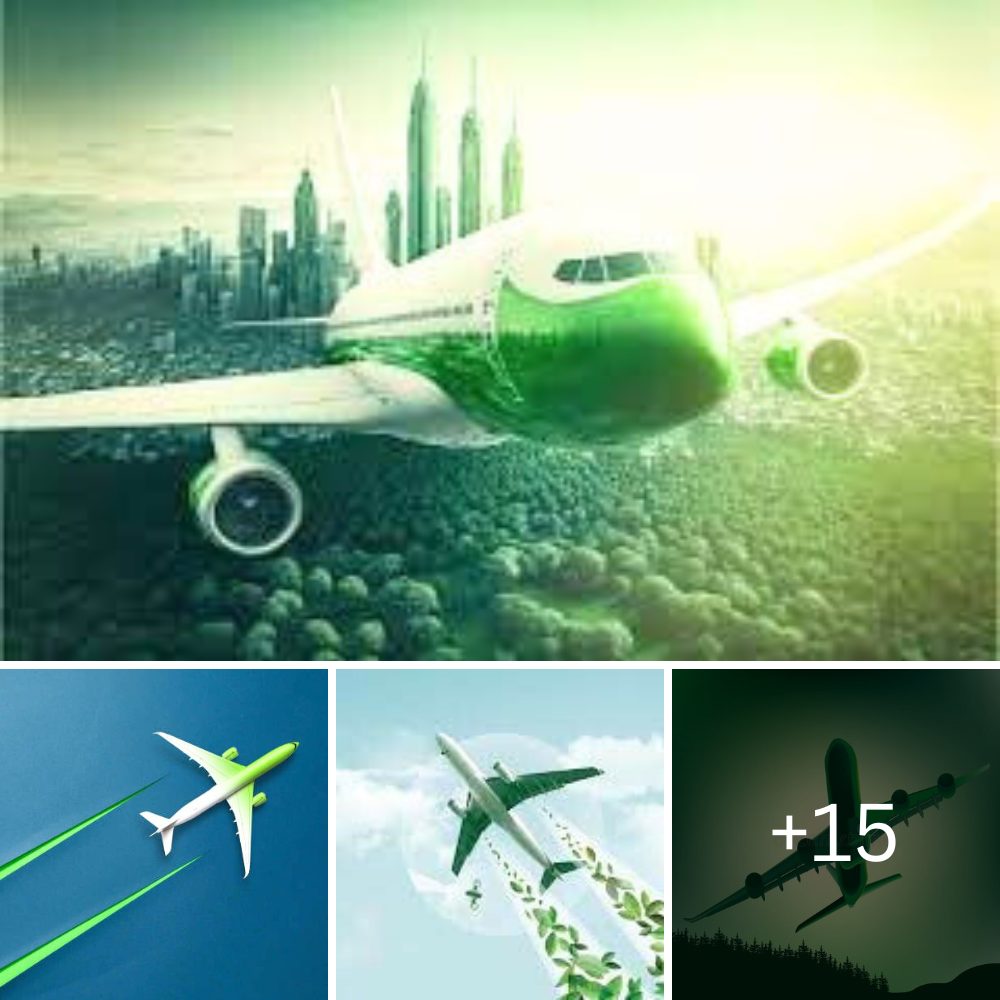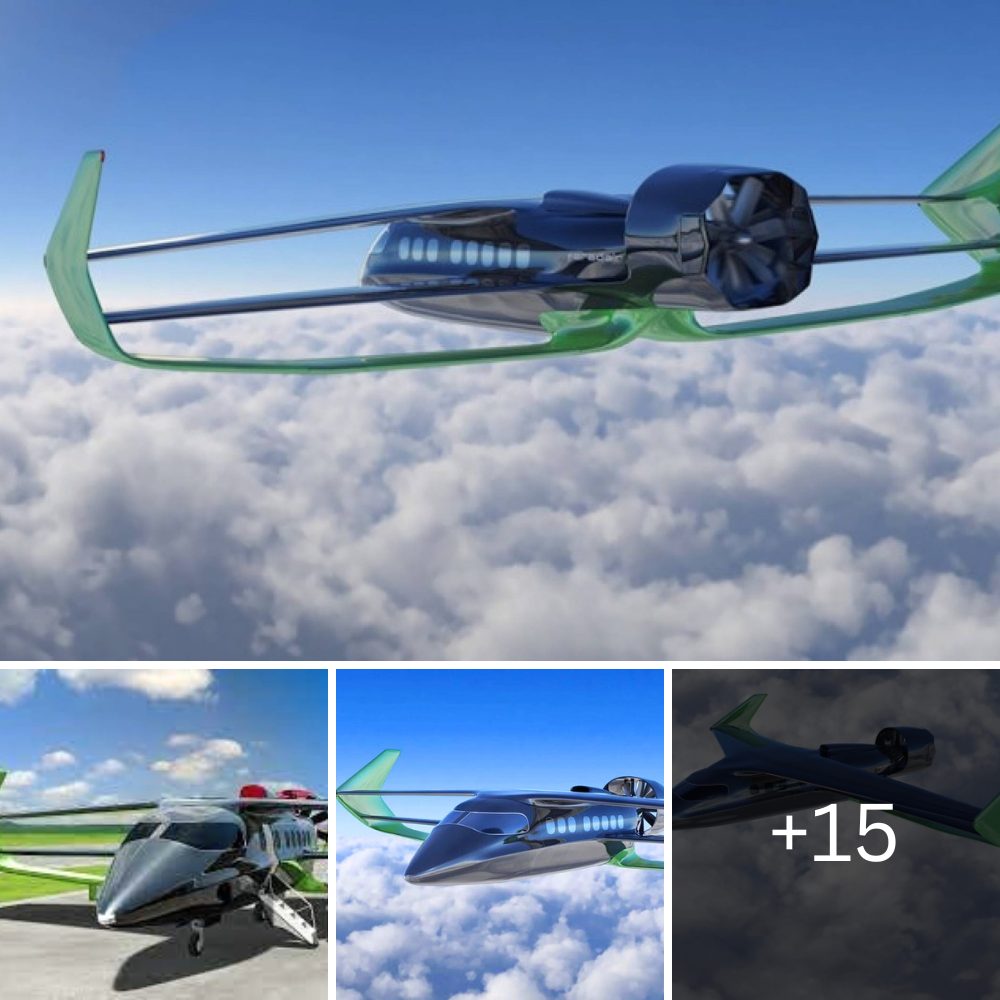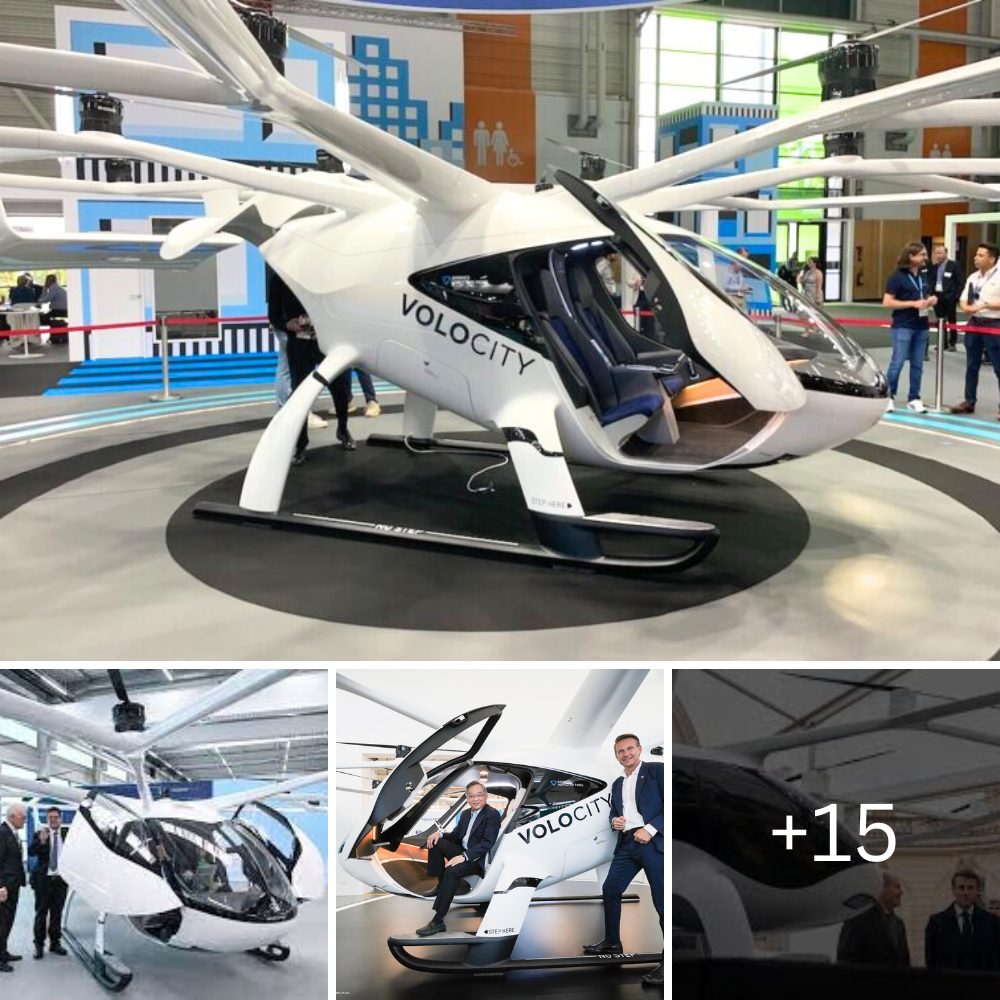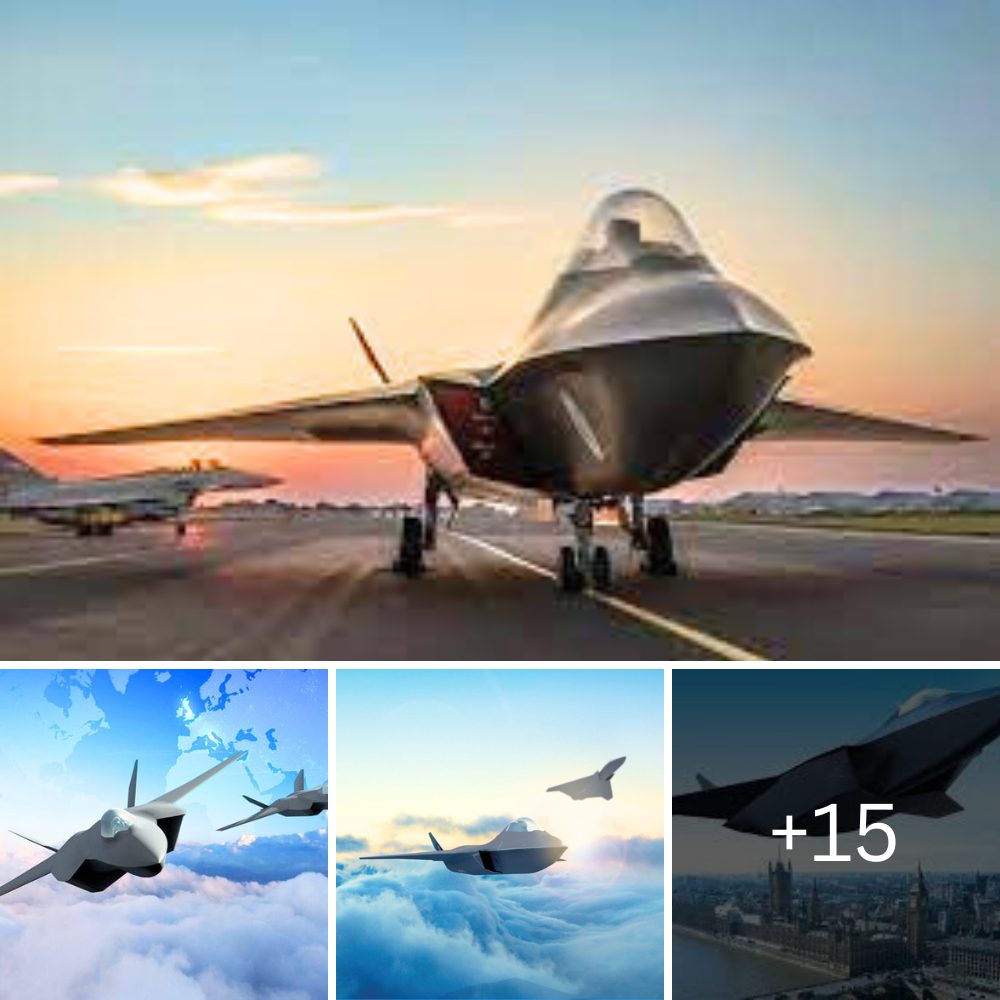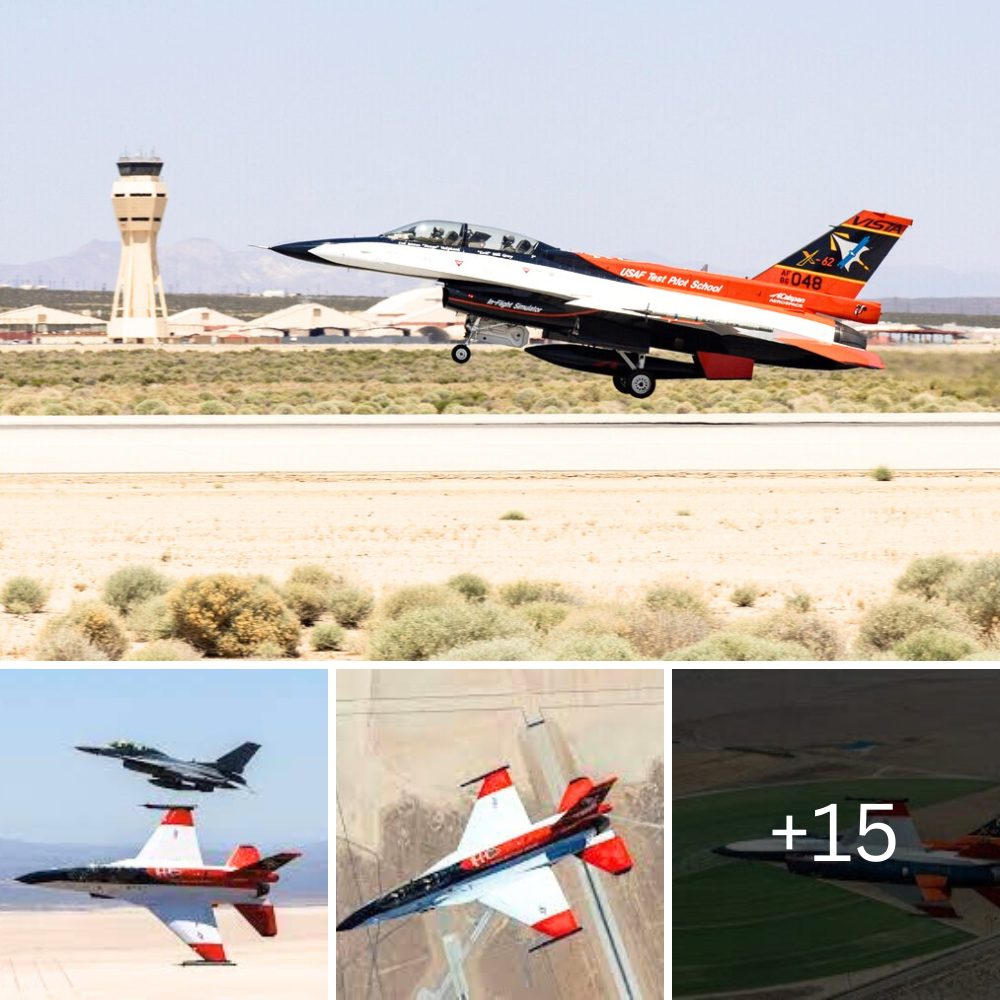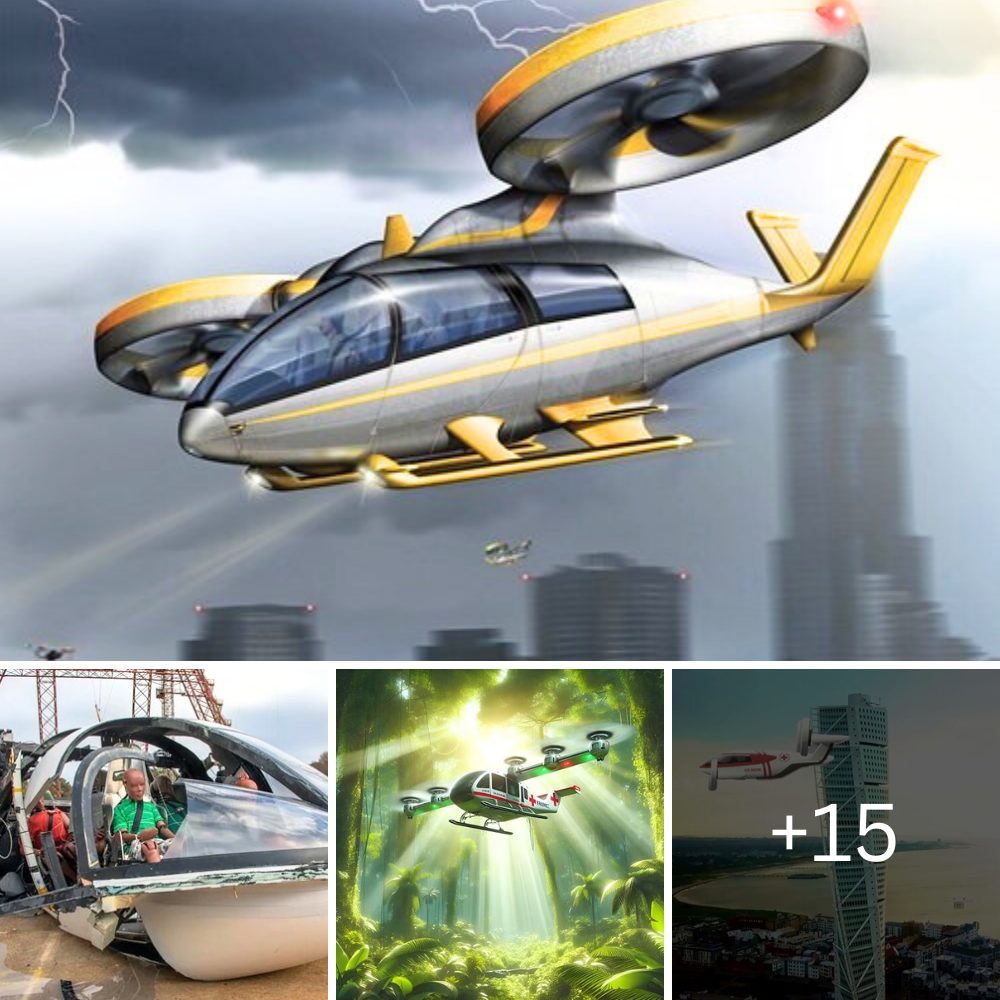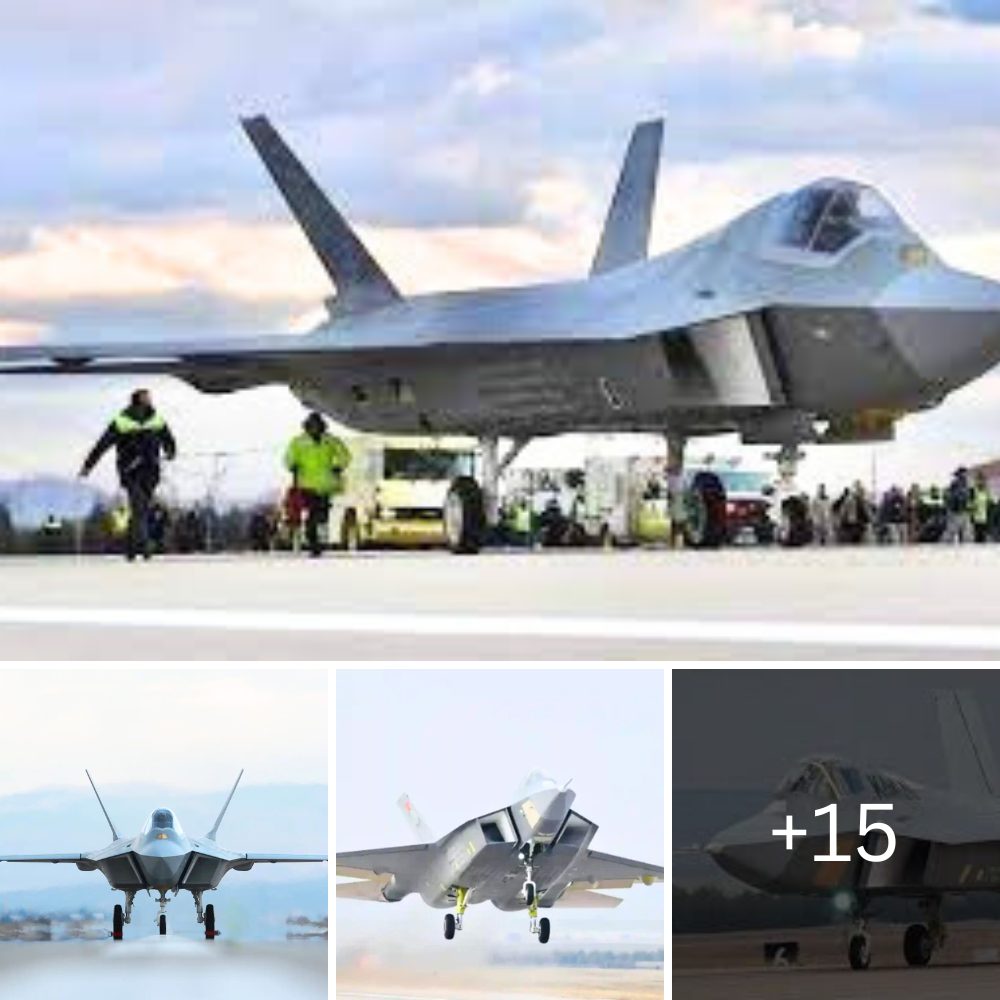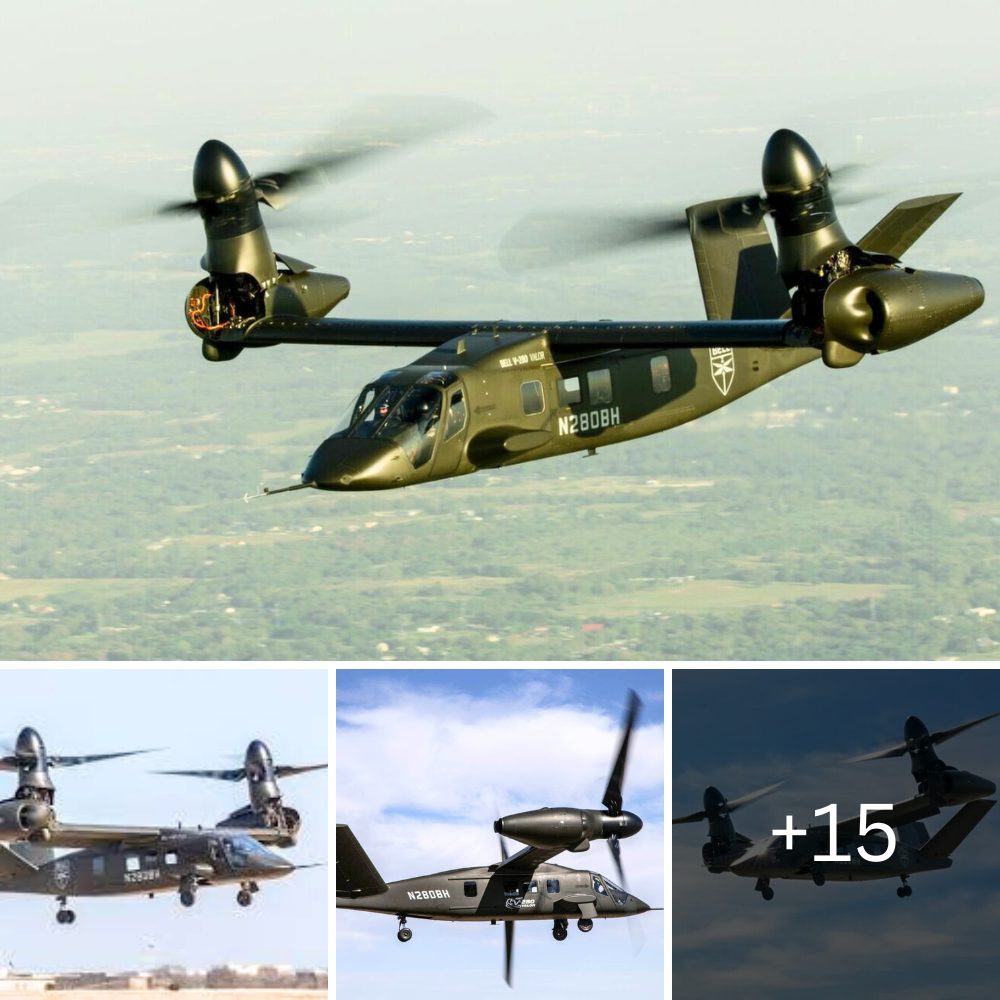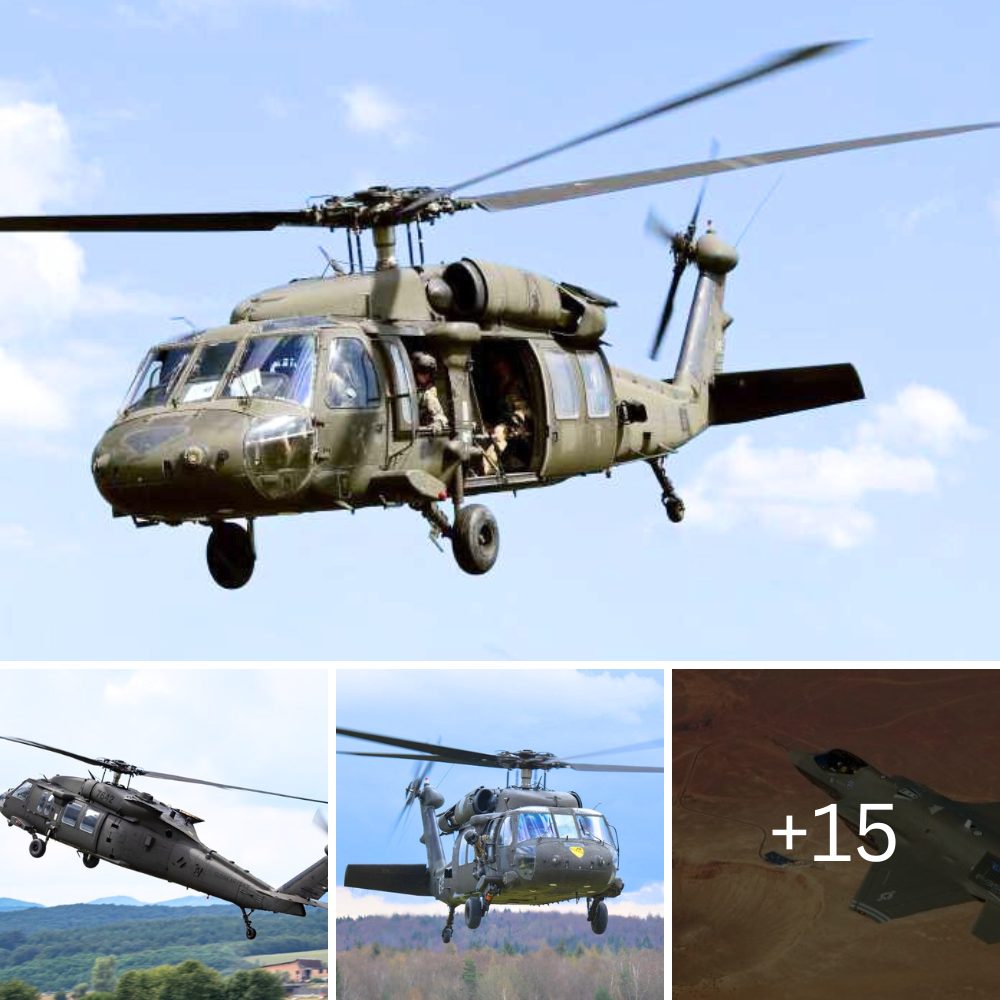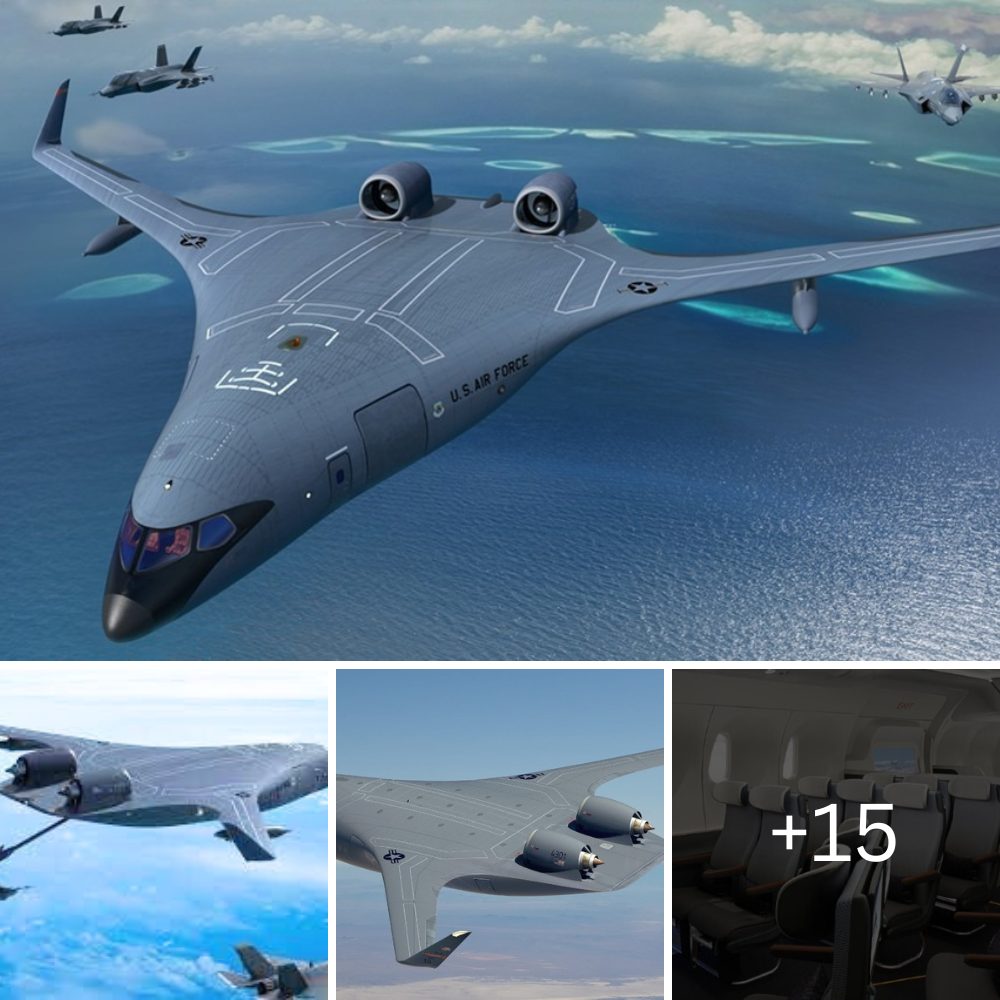With more than 10,000 flight hours under its belt, the NH90 has provided the Spanish Army and Air Force with new capabilities, fleet rationalisation and safety improvements.

The deliveries of the second batch beginning in 2024 will also equip the Navy with the most modern amphibious helicopter ever operated in Spain. Spain’s close relationship with the NH90 began in 2006, when the Spanish Ministry of Defence purchased its first batch of NH90s. A total of 15 helicopters were ordered for the Spanish Army and six for the Spanish Air Force, all of which have now been delivered. With the aim of continuing to renew its tactical helicopters, in 2018 Spain gave the green light for a second batch of 23 NH90s. On this occasion, it also included the development and production of seven naval MSPT (Maritime Spanish Tactical Transport Helicopter) variants to equip the Spanish Navy with multi-purpose tactical transport helicopters capable of operating in low visibility or adverse weather conditions and at night. It is also fitted to perform combat search and rescue (CSAR), medical evacuation and logistic transport missions if required. The first MSPT will begin the customisation phase in Spain in accordance with the requirements of the Ministry of Defence (DGAM) in the coming weeks.

The six NH90s based with the 48th Wing of the Spanish Air Force in Madrid carry out missions such as personnel recovery, combat rescue and special operations. They may also be called upon to carry out medical evacuations and SAR missions. “The step up from the Super Puma to the NH90 has been significant in terms of speed (from 120 to 150 knots), load capacity (500 kg more), flight time (up to 5 hours compared to the 3.5 hours of the Super Puma) and of course range (430 NM instead of the 220 NM previously without optional equipment),” explains Major Cristina Pampliega, Commander of the 803rd Squadron. At the end of September, the ‘wolves’ of the Spanish Air Force as they are known reached 3,000 flight hours. According to Major Pampliega, “We’ve reached our operational capacity in the three main roles: Personnel Recovery, Special Aerial Operations and SAR/MEDEVAC Missions.” The unit also forms part of the NATO Response Force (NRF) for Special Operations. Based on a rotational system, NATO allies commit their units to the NRF for a period of 12 months, during which they may be rapidly deployed to wherever they may be required.

The incorporation in 2014 of the NH90 by the Spanish Army, which dubbed it the Sarrio, enabled a significant gain in effectiveness for tactical transport, aerial assault and special operations in demanding conditions. General Pablo Muñoz Bermudo, General of the FAMET, had the following to say regarding the incorporation of the NH90: “The introduction of the NH90 as a high-performance tactical helicopter has allowed a quantum leap in both our capabilities and the safety of army personnel. It has proven itself to be highly reliable in flight in hostile environments, as we recently saw during their deployment in Mali. The FAMET is looking to progressively integrate this helicopter with the army’s other weapons systems in order to provide an effective response on all the missions we carry out.” New mission systems have also been progressively incorporated to optimise its features (ballistics protection, roller loading system, 12.7mm machine guns, electronic warfare (EW) system, rappel and fast rope systems and a cargo hook).

The first NH90 to be delivered to the Spanish Navy, the MSPT, will be the best amphibious helicopter the navy has ever had and will significantly enhance its strategic capabilities. The MSPT is an evolution of the GSPA (Ground Spain Army) Standard 3 version operated by the Spanish Army. It has new reinforced landing gear, a maximum take-off weight of up to 11 tonnes, integration of an automatic identification system (AIS) for vessel/helicopter tracking and an automatic blade and tail folding system to minimise flight deck time and enhance safety for on-board technicians. What’s more, with the deliveries of the H135 to the navy beginning now in autumn, this twin-engine light helicopter will be of major assistance for training given that the Helionix avionics system integrated in the H135 is very similar to that of the NH90.

Airbus Helicopters has proposed a national solution to the Spanish Ministry of Defence for the development of the new anti-submarine helicopter for the navy, the NH90 HSPN, which will continue the efforts being made to harmonise the fleets of the three branches of the armed forces. In keeping with the guidelines of the Defence Industrial Strategy 2023 aimed at strengthening and consolidating the national defence industry, the development studies for the HSPN propose a sovereign solution, with Airbus Helicopters acting as coordinator of other Spanish defence companies such as Indra, Tecnobit and Navantia. As well as ensuring national industrial involvement and support, the HSPN will be a modern, fully tested and certified product that is already used by a number of Spain’s international allies such as Belgium, France, Germany, Italy and the Netherlands. It may be deployed by the Spanish Navy in multiple scenarios.

The NHIndustries NH90 is a European medium-sized, twin-engine, multirole military helicopter. It was developed in response to North Atlantic Treaty Organization (NATO) requirements for a battlefield helicopter which would also be capable of being operated in naval environments. The NH90 was developed and is manufactured by NHIndustries, a collaborative company owned by Airbus Helicopters (formally Eurocopter) and Leonardo (formerly AgustaWestland) and Fokker Aerostructures. The design of the NH90 meets with multiple national and international standards, including military airworthiness processes in Germany, France, Italy, and the Netherlands; conformance with FAR 29 and MIL-STDS design standards, as well as DEF-STN 00-970 icing conditions performance and electro-magnetic compatibility.[40] It is produced in two principal variants, the battlefield Tactical Transport Helicopter (TTH) and the maritime NATO Frigate Helicopter (NFH). One key innovation of the rotorcraft is the four-channel fly-by-wire control system employed; the NH90 is the first helicopter in the world to be equipped with full fly-by-wire flight controls.

